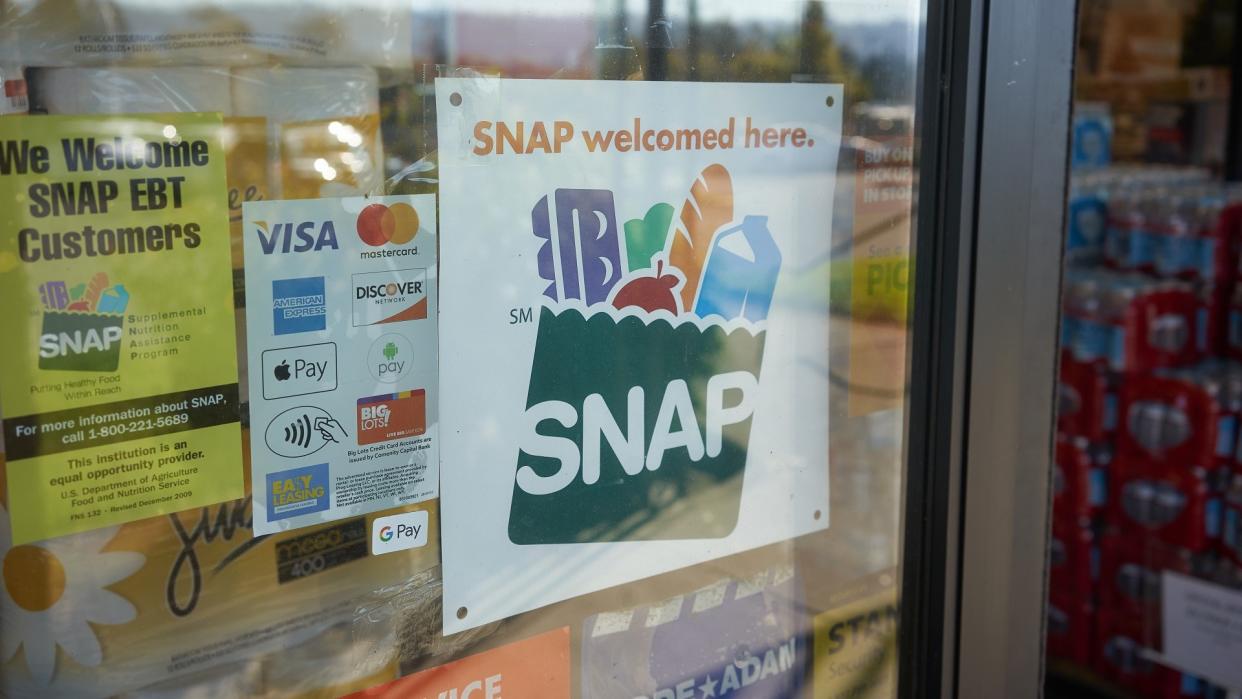Food Stamps: What To Know About SNAP Payments in January

For the more than 42 million Americans who rely on the Supplemental Nutrition Assistance Program (SNAP), formerly food stamps, there may be some questions on top of mind this New Year — like when will this month’s payments come in, and when do emergency allotments end?
Food Stamps: What Is the Maximum SNAP EBT Benefit for 2023?
Check Out: Surprising Things You Can Buy With Food Stamps
SNAP is a program sponsored by the federal government’s Department of Agriculture (USDA) that offers financial support to people living at or below the poverty line. The program is designed to make sure that people get appropriate nutrition, and is administered by each state. Here’s what you need to know in the first month of 2023.
When Will You Get Your SNAP Payments?
Though this is a federal program, it’s up to each state as to how and when they administer payments each month. However, according to our previous reporting, the payment dates in 2023 are expected to follow the same schedule as those in 2022.
According to MARCA, a personal finance site, that will likely be in the first 10 days of the month, and these payments will go directly onto Electronic Benefits Transfer (EBT) cards.
Emergency Allotments Ending Soon
It is worth noting that SNAP’s temporary income boost — called emergency allotments, which were part of COVID relief — will end after the February 2023 checks. Households receiving Social Security benefits will also see a decrease in their SNAP benefits due to the cost of living increase to their Social Security benefits that took effect on Jan. 1, 2023, according to the USDA.
Take Our Poll: What’s the First Thing You Would Do If You Won a Big Lottery Jackpot?
The following states already ended their emergency allotments: Alaska, Arizona, Arkansas, Florida, Georgia, Idaho, Indiana, Iowa, Kentucky, Mississippi, Missouri, Montana, Nebraska, North Dakota, South Dakota, Tennessee, and Wyoming.
What Is the Highest Income Level for SNAP Eligibility?
The highest income level to be eligible for SNAP as an individual is $1,133 monthly net income in 48 states, Guam and the Virgin Islands. In Alaska, it’s $1,416, and in Hawaii, it’s $1,303.
For a family of 8, it’s $3,886 monthly net income in 48 states, Guam and the Virgin Islands. In Alaska, it’s $4,858 and in Hawaii, $4,470. For each additional family member, households may receive $294 in 48 states, Guam and the Virgin Island; $492 in Alaska; and $453 in Hawaii.
For households with elderly or disabled residents that are in a separate household, the income cap is $1,869 monthly net income for individuals in 48 states, Guam and the Virgin Islands. In Alaska, it’s $2,337 and in Hawaii it’s $2,150.
More From GOBankingRates
Target, Amazon and 4 More Retailers That Will Reward You for Turning in Your Old Stuff
Write Off Your Mileage? The IRS Expands the Deduction for Fuel Costs in 2023
This article originally appeared on GOBankingRates.com: Food Stamps: What To Know About SNAP Payments in January
